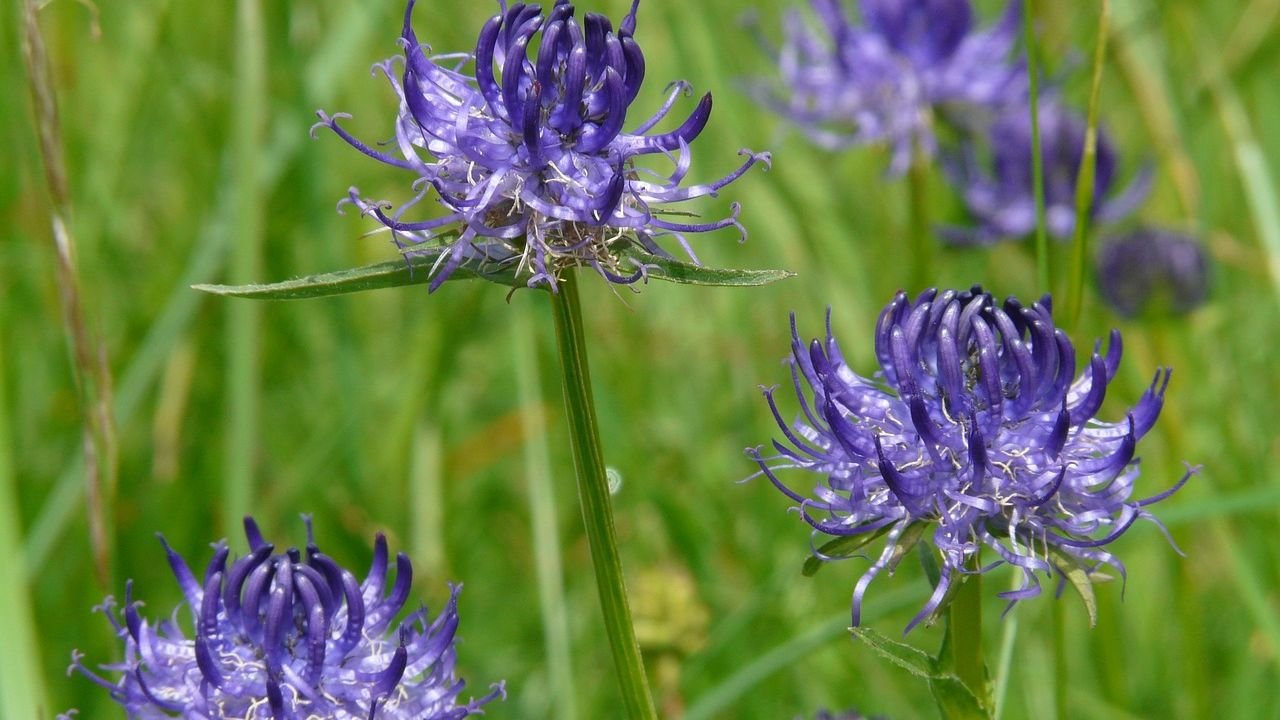Growing Devil’s Claw (Harpagophytum procumbens) at home can be beneficial if you know its medicinal properties. It is a medicinal plant that has been used for centuries for its medicinal properties. Here are some steps to help you grow this plant successfully:

1. Understanding the Plant
- Devil’s claw is native to the arid regions of Southern Africa. It is a perennial herb known for its tuberous roots, it is commonly used for many medicinal purposes.
2. Seed Selection
- To grow it, buy its seeds from a reputable supplier. Select for the most common variety of seeds. Devil’s claw seeds have a hard outer shell. So to improve its germination rate, cut its seeds gently with a file or soak them in warm water for 24 hours.
3. Soil Preparation
- It needs a well-drained sandy or loamy soil mix to grow. Devil’s claw thrives in poor, well-drained soil. Make sure the soil pH is between 6.0 and 7.5.
4. Planting
- The best time to plant it is in the spring when all danger of frost has passed. For this, sow the seeds about 1/4 inch deep. Plant the seeds at least 18 inches apart so that the roots can spread easily. If you are planting it in a container, ensure it has proper drainage.
5. Watering and Care of Devil’s Claw
- After sowing the seeds, water them lightly but regularly until they germinate, keeping the soil slightly moist. Once established, it is drought tolerant so water sparingly. It requires full sunlight for optimum growth. But it is sensitive to frost.
6. Growth and Maintenance
- Thin the seedlings to avoid crowding, and give the strongest plants enough space to grow. Remove weeds around the plant so that the plant gets proper nutrients and water. Mulch the plant to conserve moisture and control weeds.
7. Right Time to Harvest
- Devil’s claw is usually grown for its tuberous roots. They can be harvested every second or third year after growing. The roots should be cut carefully to avoid any damage. Then clean the cut roots and dry them in a shady, airy place before using.
8. Pests and Diseases
- Generally, devil’s claw is resistant to most pests. But it can get fungal infections, so it should have good air circulation and avoid overwatering to prevent fungal diseases.
Conclusion
By following these steps, you can successfully grow devil’s claw at home in your garden or pots.
Remember, before starting any new wellness regimen, it’s always best to consult with a healthcare professional to ensure it is suitable for your specific needs and circumstances.








